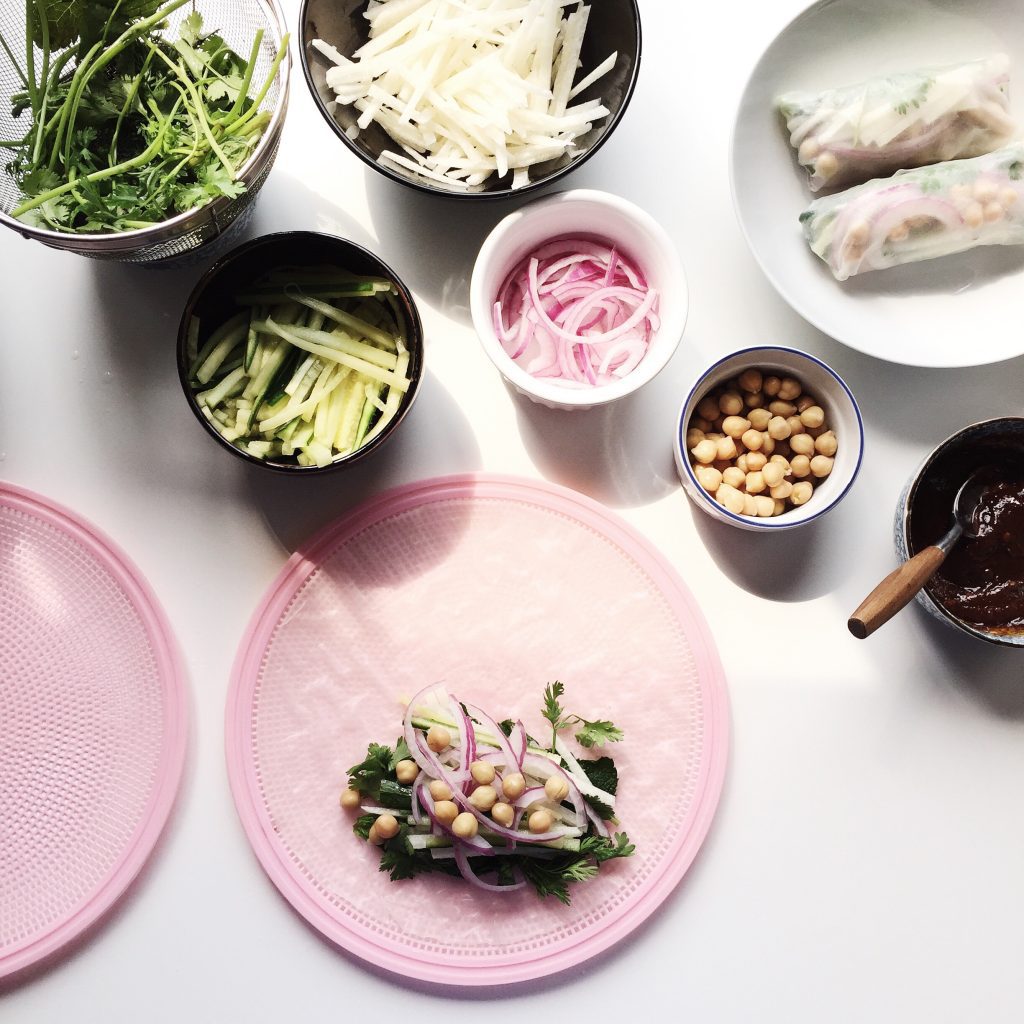Vietnamese food might be the healthiest cuisine in the world with its fresh vegetables, herbs, fruits, and meats. All of the cuisine contains a brilliant balance of aromatics, spiciness, sweetness, bitterness, and saltiness.
As with other Asian cuisines, the principle of yin and yang (light and dark, soft and crunchy, etc.) is applied in composing a meal in a way that provides a balance that is beneficial for the body. Traditional Vietnamese cooking is known for its fresh ingredients, minimal use of dairy and oil, complementary textures, and reliance on herbs and vegetables.

Vietnamese cuisine always combines fragrance, taste, and color. Brilliant reds, vibrant yellows, dark purples, all add a visual appeal to the dish as well and a myriad of nutrients.
Pickled vegetables and meats are a favorite among the Viet people. Fermented foods contain a lot of probiotics, and these are excellent at keeping the digestive system healthy. They also are a good source of several types of vitamin B and vitamin K2. Fermented foods contain compounds that are able to bind to certain toxins, such as mercury, which makes it easier for the body to remove those toxins from our organs. Fish sauce is used in many dishes. It is a sauce made from fermented fish that adds tons of flavor and is the main source of sodium.
When it comes to meat, maximizing the use of ingredients to save money has become a tradition in Vietnamese cooking where every part of an animal is used, from the muscle meat to the intestines; nothing is wasted. And all of it has nutritional benefits.
You’re not going to find much cheese, butter, or cream in Vietnamese dishes, even though Vietnam has French (who do use dairy products) influence in some of their dishes. Their protein and fat come from other sources.
More on Asian Cuisine
By Leslie Radford


